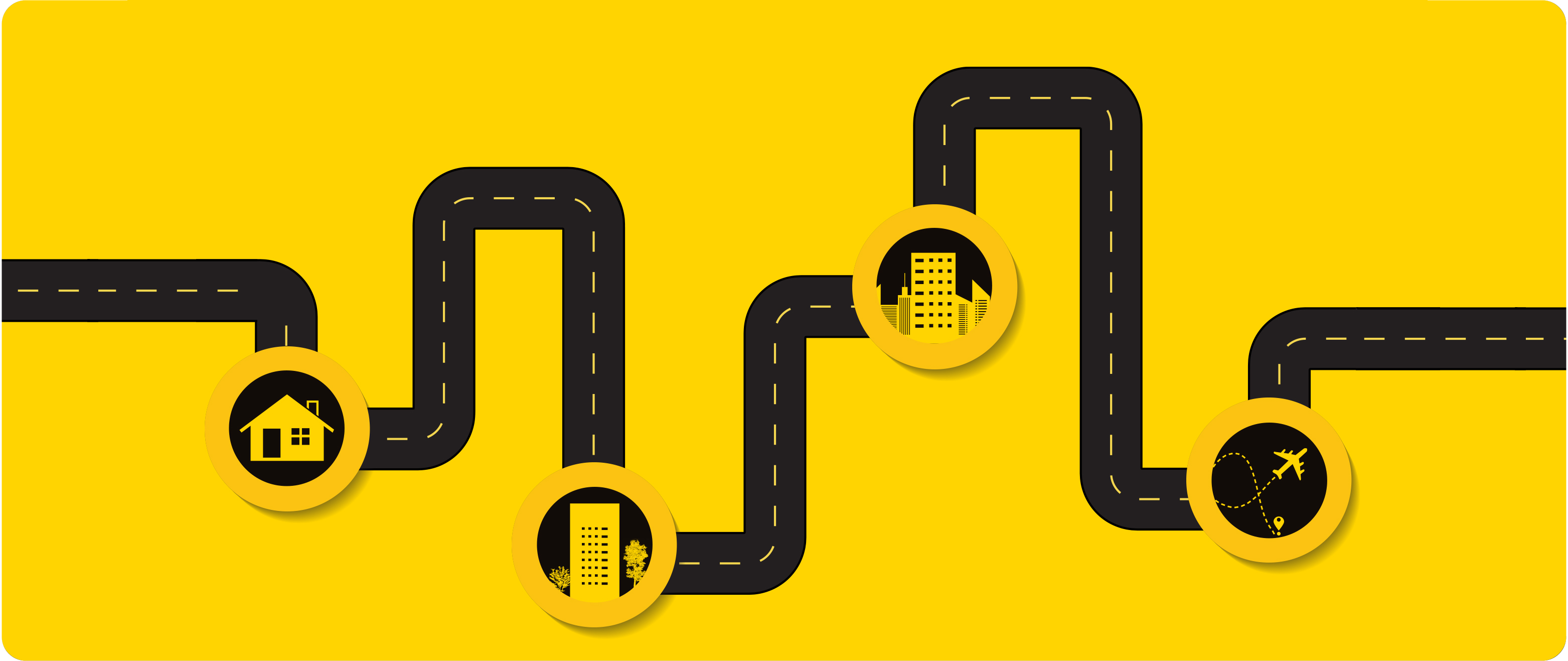Disasters are difficult to think about — they’re hardly an entertaining topic at the family dinner table. Yet, if you or someone you care for has a mobility impairment, disaster-preparedness is an essential part of ensuring a quick and safe evacuation.
Thankfully, planning doesn’t have to happen all at once; and hopefully, most plans will never get used. But it’s worth being prepared, as many emergencies happen with little warning and can escalate quickly.
Let’s break down what you need to know about the 4 major types of evacuations, the 3 evacuation alert levels, and how an emergency evacuation chair (or paramedic stair chair) can help get everyone out safely.
The 4 Types of Evacuation You Need To Prepare For
Thankfully, the Federal Emergency Management Agency (FEMA) has made it their mission to help individuals and organizations of every kind be prepared to respond appropriately in the face of national emergencies and disasters.
But while they offer a wealth of guides to aid proactive planning, like the Planning Considerations on Evacuation and Shelter-in-Place, these are often aimed at organizations or government bodies and can feel overwhelming or be too detailed for individuals. So we’ve distilled the basics of what you need to know.
Emergencies aren’t always at the same scale. An evacuation for a localized fire in your apartment building won’t be the same as that from flooding or wildfire. Here are 4 types of evacuation to prepare for:
- Shelter-in-place. Sometimes, your safest option may be to stay where you are while emergency services attend to the crisis, for example in the case of a chemical spill or biological attack. This may not always mean staying home though, and could require you to move to another floor of your building or limit yourself to a particular set of rooms.
- Building evacuation. Fire drills are important training for this type of evacuation. In case of emergency, a building evacuation may be needed — where you’ll be required to leave the building as quickly as possible and meet at a predetermined assembly point.
- Precinct or area evacuation. In larger-scale emergencies, you may need to leave the entire area. The more extreme the evacuation, the more likely it is that professional emergency and government services — rather than, for example, your building’s fire marshal — will step in and direct evacuations.
- City evacuation. In extreme cases, you may be asked to evacuate your town or city. Being thoroughly prepared for these are the most important, as you’re likely to be away from home for a longer period of time.
While orders from emergency services and officials always take precedence during an emergency, being prepared with a plan and some packed essentials will greatly improve your chances of staying safe. Doubly so if you or someone you care for has a mobility impairment. Our free guide to planning for fire evacuations is an excellent place to start! Download your copy by clicking the button below.

3 Evacuation Alert Levels to Know
With larger-scale crises, such as natural disasters, you may have official alert levels that help you judge the risks and plan for your evacuation. While these may vary between counties or states, alert levels are generally characterized in 3 stages, or “Ready, Set, Go!”.
- Level 1: Ready
This sounds the warning to remain alert. It’s time to brush up on where your go-bag and emergency numbers are, charge your mobile phone, and actively monitor emergency services websites and local media outlets for information. Also prepare pets and anyone with a mobility impairment to stand-by for a safe evacuation. At this time, evacuation is voluntary. - Level 2: Set
A level 2 alert means there is significant danger to your area, and that it’s time to voluntarily relocate to a shelter or with family or friends outside the danger zone. While evacuation is still voluntary at this stage, anyone choosing to stay must be ready to leave at a moment’s notice. - Level 3: Go!
It’s time to leave, whether you like it or not. A level 3 alert is issued when your area is in imminent danger. At this time it’s essential to watch for emergency services and first responders who can share further instructions around evacuation, give urgent assistance or direct you on where to go.
How an Emergency Evacuation Chair Can Literally Save Lives
Emergency services personnel have a range of evacuation aids they may employ during an emergency. However, an evacuation chair is so easy to use that it doesn’t need a professional to operate
This means that anyone with a mobility impairment can evacuate to safety well ahead of time, with the help of only two assistants. An emergency evacuation chair can help you:
- Traverse flights of stairs at a controlled speed
- Navigate narrow landings, doorways and corridors safely
- Safely restrain and move someone who may be unconscious
- Evacuate someone with a range of disabilities
- Move someone with a mobility impairment without relying on a battery-operated aid
- Safely evacuate someone without needing professional training
While we hope you never have to use it, proactively investing in an emergency evacuation stair chair can greatly increase your chances of a safe and quick evacuation if needed. And, in the event of emergency personnel arriving, they’d know exactly how to use the chair too!
At Mobile Stairlift, we’re committed to helping you prepare and stay safe. We’ve created a durable, lightweight and FDA-approved evacuation chair with this in mind. Visit our website to learn more about the EZ Evacuation Chair, or contact us directly with your query.



